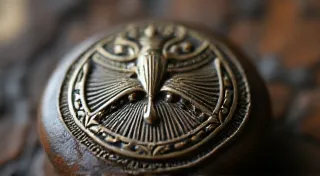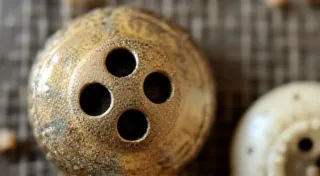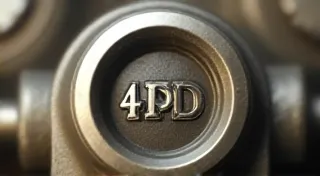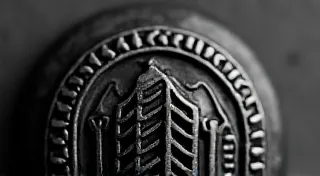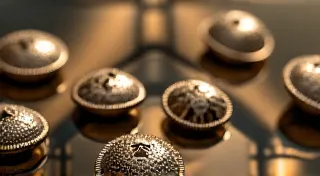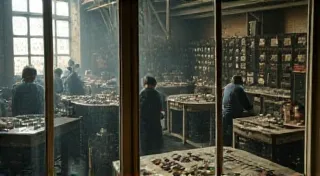The Significance of Button Back Marks: Identifying Manufacturers and Dates
For the serious antique button collector, the tiny markings on the back of a button can be a goldmine of information. These marks, often barely visible, are crucial for identifying the manufacturer, and with some practice, can even help narrow down the possible date of manufacture. This article delves into the world of button back marks, offering a guide to deciphering these often cryptic symbols.
Why Button Back Marks Matter
Understanding button back marks is more than just a fun trivia pursuit; it directly impacts your collecting and valuation efforts. Knowing who made a button helps establish its origin, often tied to specific production periods and styles. Certain manufacturers became renowned for particular qualities or materials, influencing the button’s value. Furthermore, recognizing common marks allows for informed decisions when buying, selling, or appraising antique buttons.
Common Button Markings: A Starting Point
Button markings weren’t standardized, so deciphering them requires a systematic approach. Here are some frequently encountered marks and what they might signify:
- Birmingham/B'ham: Birmingham, England, was a major button-making center. Marks indicating Birmingham usually denote a Victorian-era button (roughly 1837-1901).
- Millbury, Mass.: A significant American button manufacturer, particularly known for glass and early metal buttons. Dates largely from the late 1800s to early 1900s.
- Waterbury Button Co.: Another significant American manufacturer. Their marks are common on early metal and glass buttons.
- Reinhold & Co.: A German manufacturer with a distinctive mark. Often seen on glass and later metal buttons.
- Phoenix Button Co.: An American company, known for a range of button types including celluloid and metal.
- Various Numerals and Letters: Numbers often denoted batch numbers or production codes. Letters could indicate specific manufacturing lines or design variations. These can be very difficult to interpret without extensive research and manufacturer catalogs.
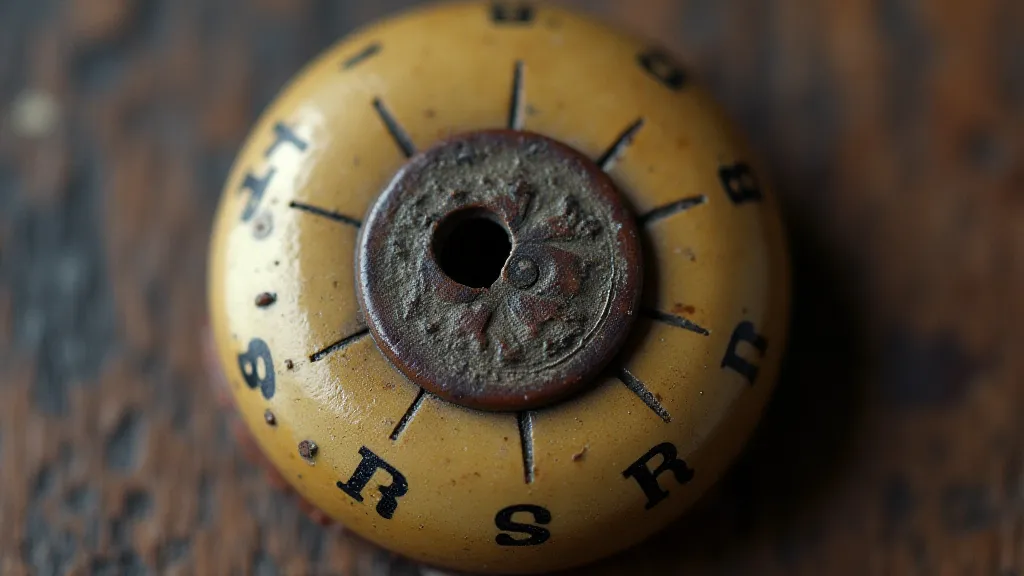
Dating Buttons Through Marks
While button back marks provide information about the manufacturer, they aren’t always foolproof for dating. Manufacturers often operated for decades, and marks could change over time. Here's how to use marks for potential dating:
- Early Marks: Very early buttons (pre-1850) are often unmarked, or bear very simple markings.
- Victorian Era (1837-1901): Birmingham marks are extremely common during this era.
- Early 1900s: American manufacturers like Millbury and Waterbury become more prevalent.
- Post-WWI Era: Markings often become less detailed or disappear altogether due to changes in manufacturing processes.
Important Note: The presence of a particular mark doesn’t *guarantee* a specific date range. It indicates the *possibility* based on historical context and known manufacturing timelines. Cross-referencing marks with button style, materials, and overall condition further refines the dating process.
Research Resources and Further Exploration
Deciphering button back marks is a continuous learning process. Here are some resources to aid in your research:
- Button Collector’s Clubs: Connect with experienced collectors and tap into their vast knowledge.
- Online Forums and Discussion Groups: Numerous online communities dedicated to antique button collecting.
- Manufacturer Catalogs: If available, manufacturer catalogs provide invaluable insight into their markings and production lines.
- Published Guides and Reference Books: Several specialized books detail button manufacturers and their markings.
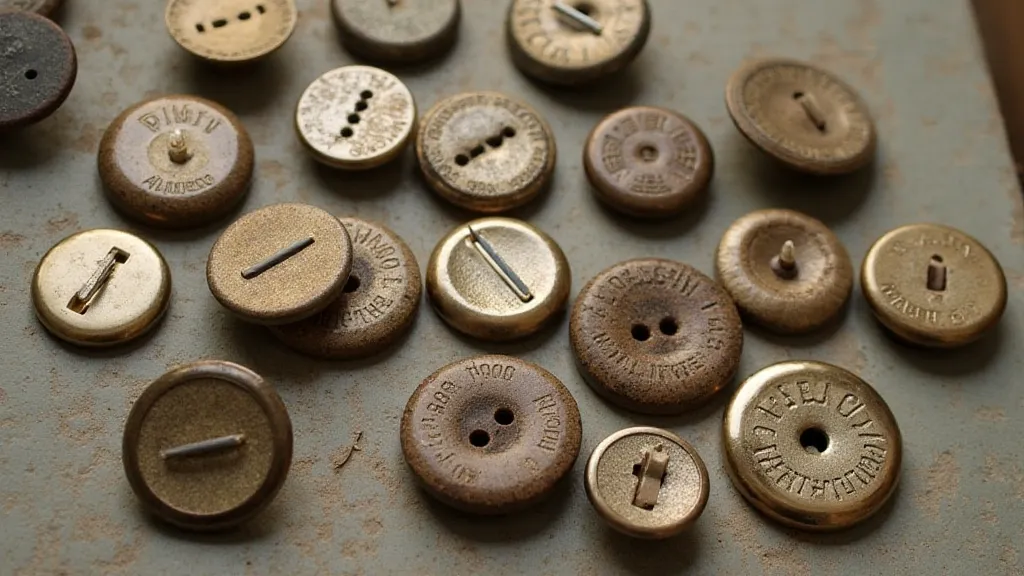
Beyond the Mark: Considering Other Factors
Remember that button back marks are just one piece of the puzzle. Consider these other factors when identifying and valuing antique buttons:
- Material: Glass, metal (brass, steel, etc.), celluloid, horn, and other materials indicate time periods and manufacturing techniques.
- Style and Design: Elaborate designs, popular motifs, and construction techniques can offer clues to age and origin.
- Condition: Condition significantly impacts value. Well-preserved buttons are more desirable.
- Rarity: Uncommon colors, designs, or materials command higher prices.
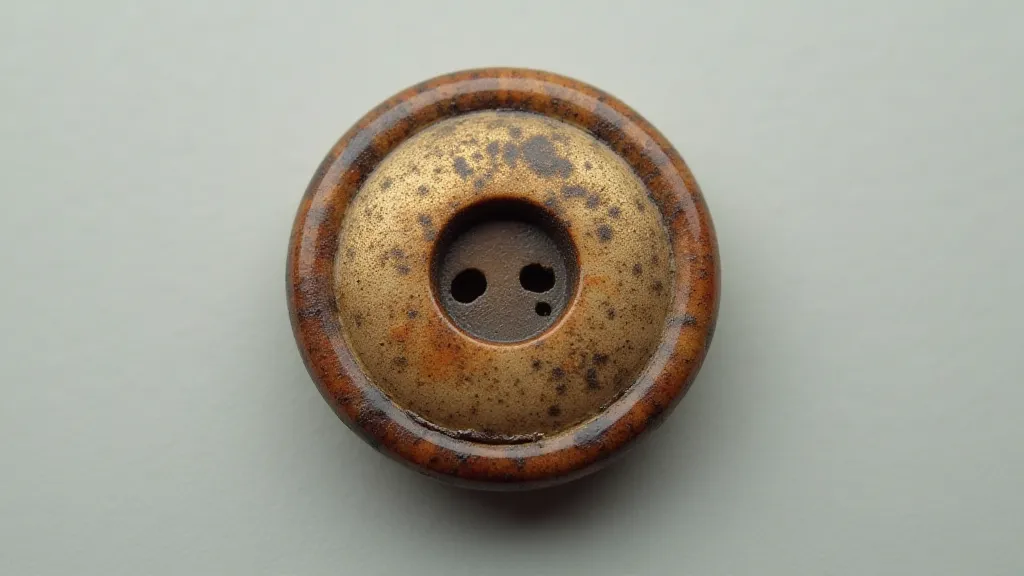
Conclusion
Decoding button back marks is a fascinating and rewarding aspect of antique button collecting. While it requires patience and research, the ability to identify manufacturers and potentially date buttons elevates your collecting knowledge and appreciation for these small treasures from the past. Happy hunting!
